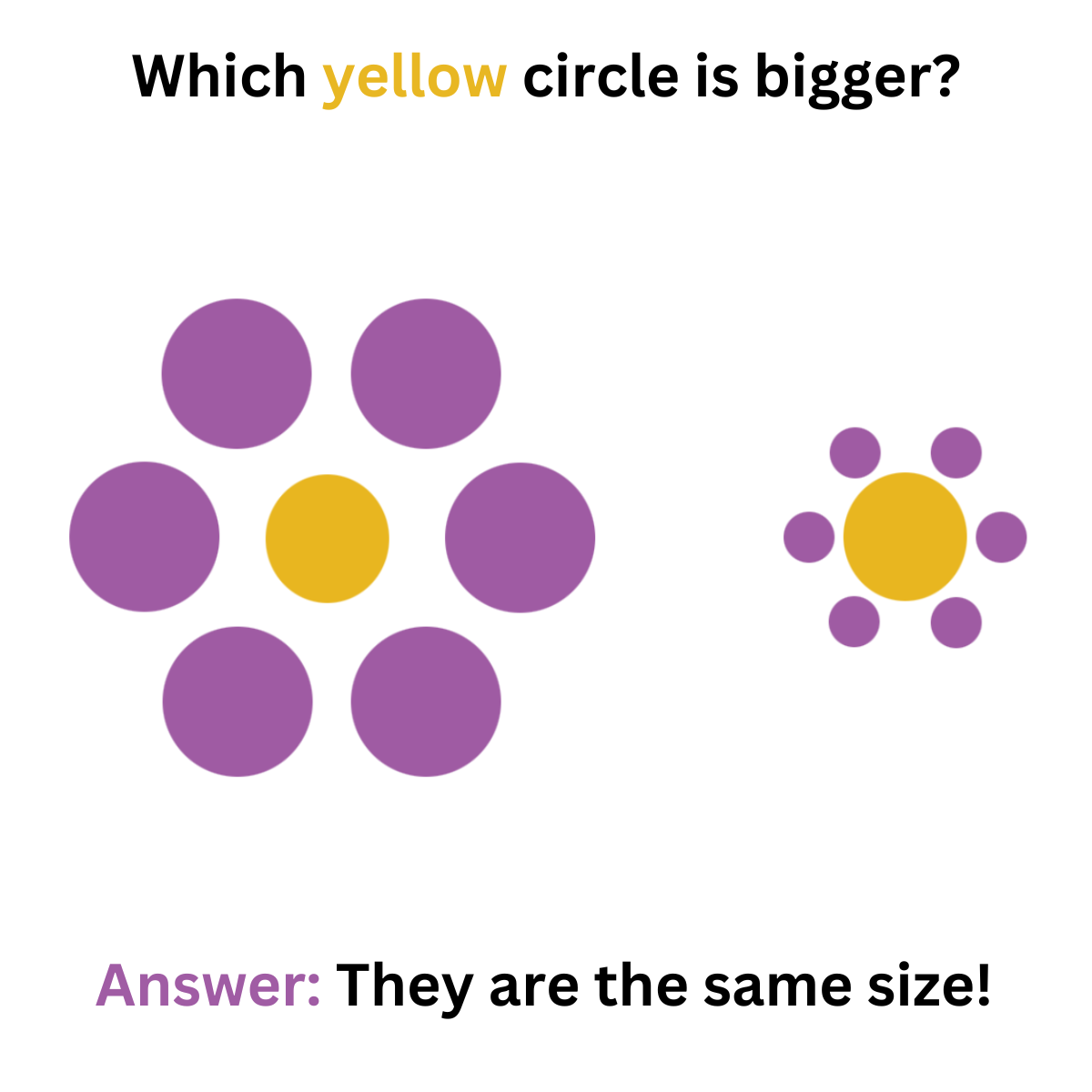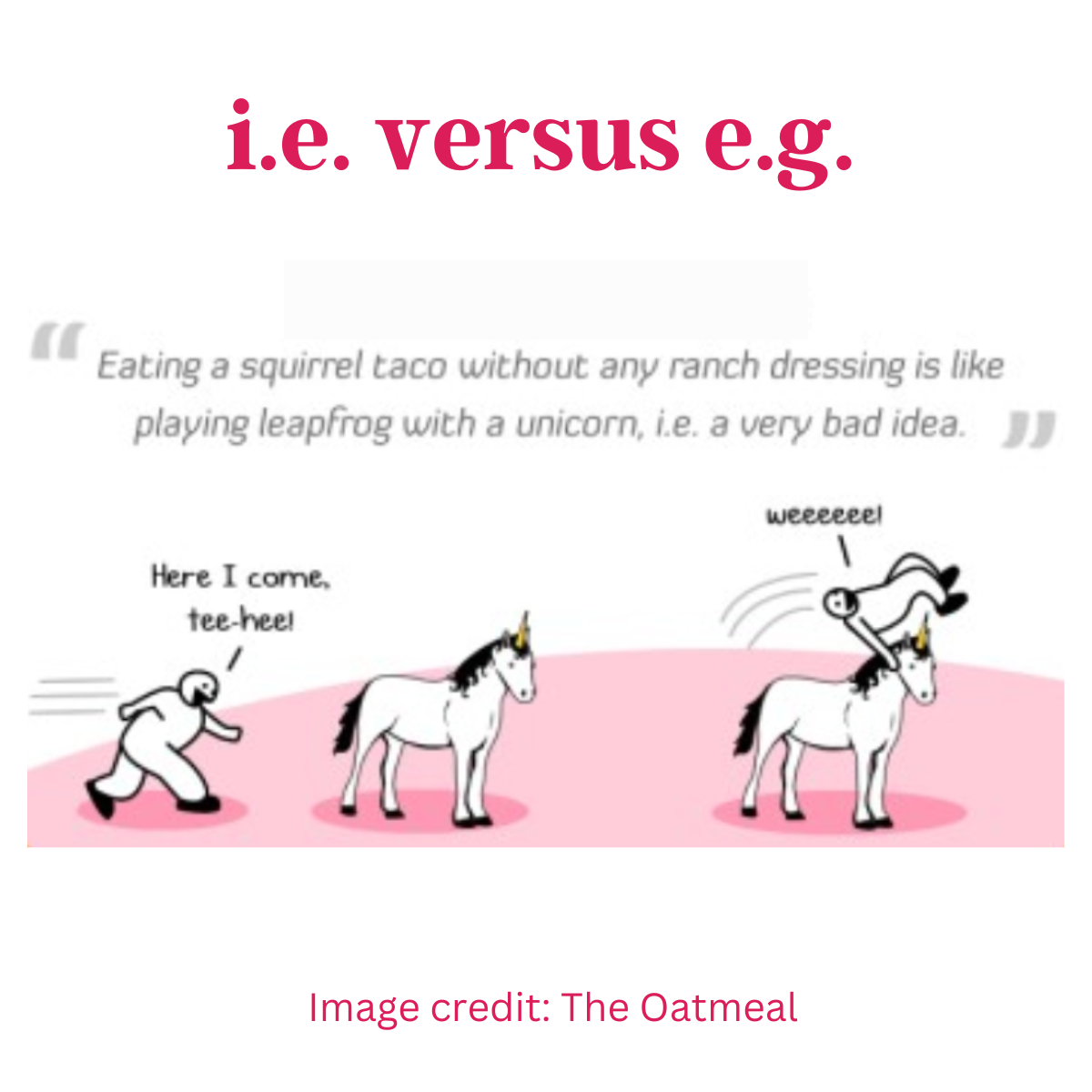How to Make Your Audience Care
/Joyce C. Hall was a young entrepreneur who set up shop in Kansas City with two shoeboxes filled with postcards. He and his brother sold postcards until a fire destroyed their inventory, which inspired the brothers to expand their business offerings.
In 1928, Hallmark Cards was born. They were the first individuals to sell cards by displaying them, and in 1944, they made a brilliant marketing move by adopting their long-time tagline: “When You Care Enough to Send the Very Best.”
They were selling cards AND emotions. They were selling an opportunity to be thoughtful by celebrating a birthday, anniversary, birth, etc.
When we communicate, we often forget emotion. In fact, 95% of buying decisions are based on emotion – and justified with logic later.
Rather than announcing something to your audience, figure out why they would care about your change.
My local bakery put up a sign telling people they were now closing on Sundays and Mondays to give their staff rest. As a patron, I appreciated the prioritization of employees' health and would adjust to their new hours. They could have posted a sign that said their hours were changing, but their explanation did so much more. It communicated the emotion behind the decision.
My dentist switched his role in the practice. Rather than introducing the new staff, he explained that some medical issues were causing him to step back. I appreciated his honesty, and I decided I would stay with his practice even if I saw someone else.
Communicating change can be hard, but it doesn’t always have to be sterile and cold. Your audience is human – and they understand the emotional reasoning behind decisions. Don’t be afraid to pull back the curtain!







